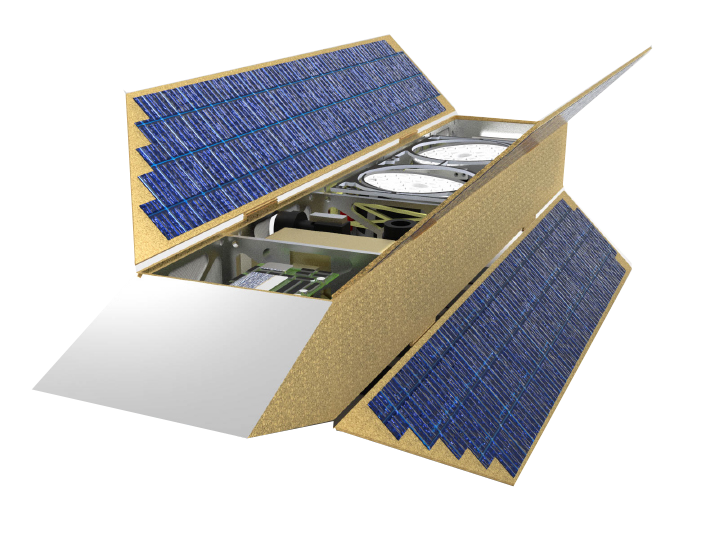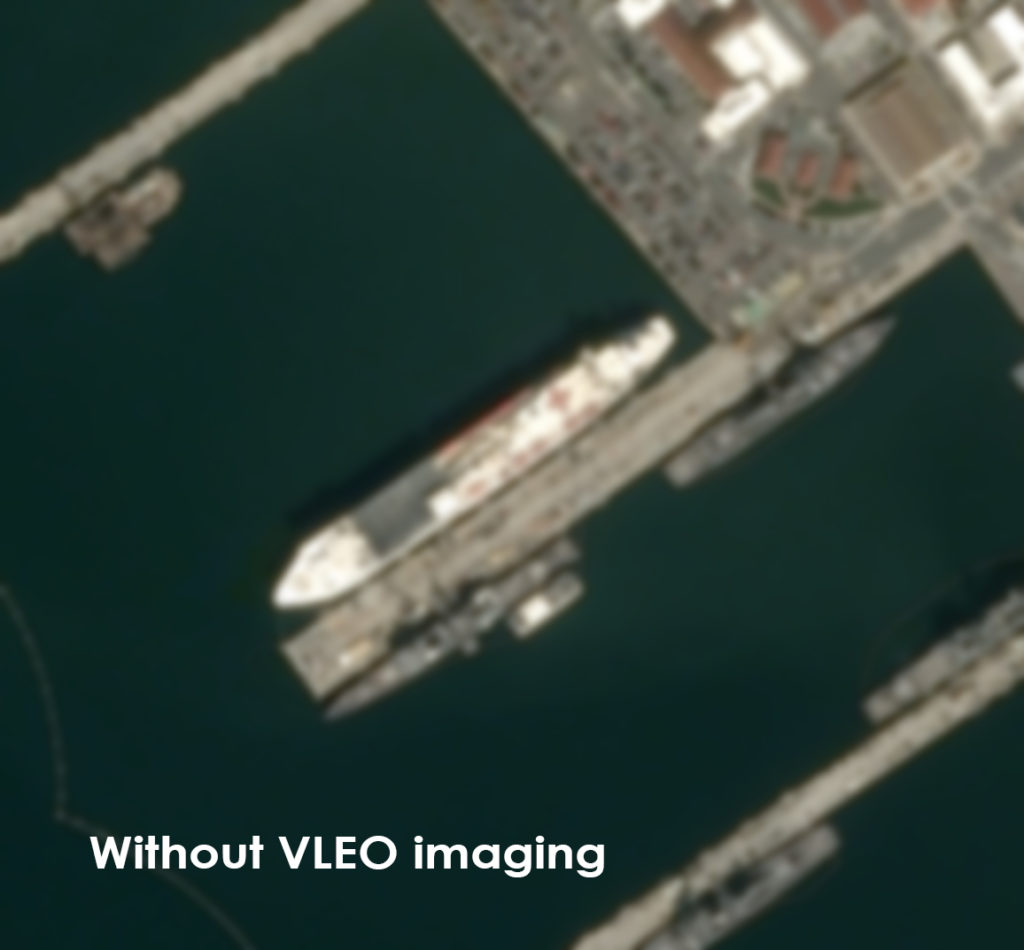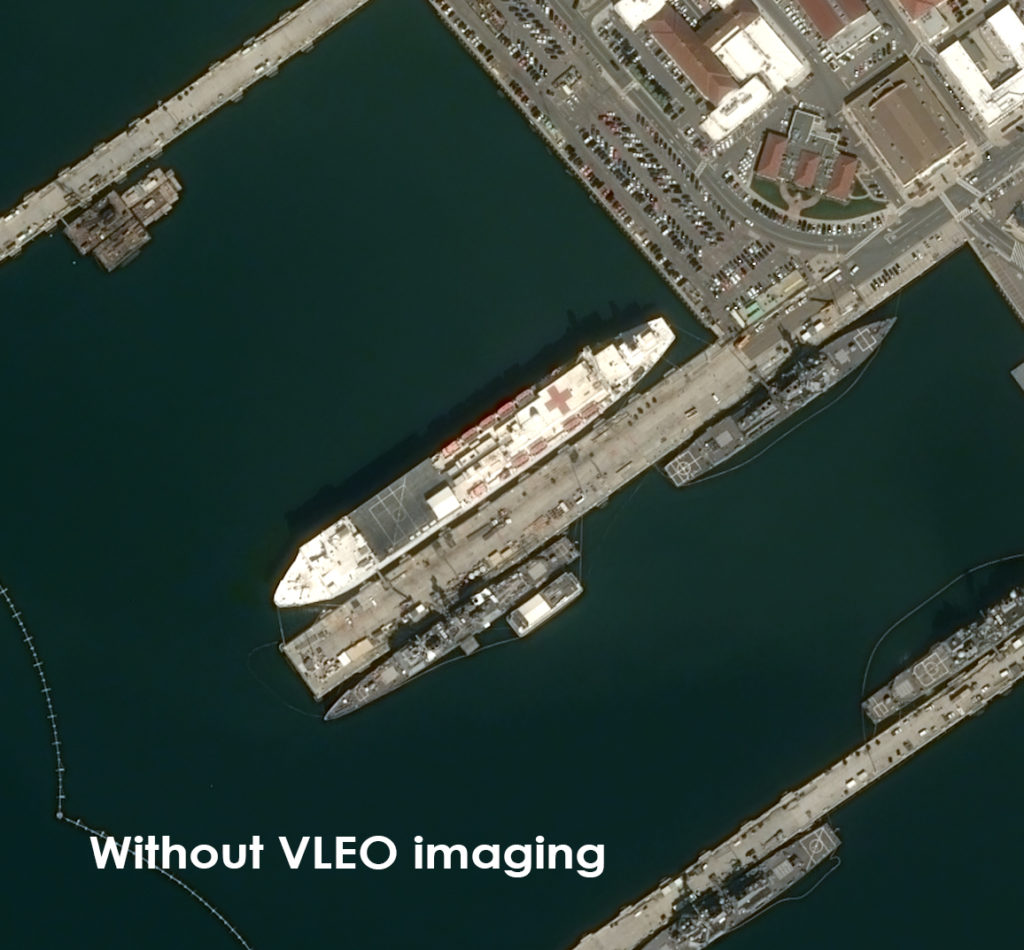We’re thrilled to help bring Very Low Earth Orbit (VLEO) to reality! Working closely with the innovation team at Skeyeon, we helped get their Near Earth Orbiter (NEO) satellite through all the regulatory hoops, with the licensing they needed, and into space. The NEO is the basis for a scalable constellation, delivering 1m resolution images that enable low latency earth monitoring and the development of a high value image database. At around 250km from earth, VLEO gives us access to high-resolution daily earth imagery. Lower orbits also mean lower-latency data transfer, reduced demand for radio power, less expensive components, more streamlined optics, and overall reduced hardware costs for spacecraft.



Skeyeon’s compact telescope enables the development of a low-cross sectional space craft, capable of delivering 1-meter resolution in a small form factor and reducing the volume of the telescope by 25x. Additionally, the telescope boasts a reduced cost of 10-50 times when compared to other space telescopes of similar performance.
In Near Earth Orbits, the spacecraft will be subject to considerable drag and significantly impacted by the highly corrosive effects of atomic oxygen. The compact nature of Skeyeon’s space telescope allows us to develop a low cross-sectional space craft that significantly reduces drag. In addition, Skeyeon has developed a patented low drag, self-healing material that is atomic oxygen resistant. Samples of this patented material have been tested in the laboratory of Skeyeon Advisor, Tim Minton, and the low-drag and atomic-oxygen resistant properties suitable for VLEO flight have been demonstrated.
Phased array-based communication links are becoming mainstream in both commercial satellites and 5G communications, enabling a high data-rate steerable radio-link. Skeyeon’s patented radio link system leverages existing cell phone tower infrastructure to facilitate real-time downloads, resulting in direct-to-consumer, low latency image delivery.
Skeyeon technology was built from the ground up to be low cost, which enables a constellation that can grow to meet the revisit and coverage requirements driven by the market. Using readily available commercial technology, Skeyeon’s design philosophy is to make the form factor and power consumption as low as possible in order to reduce the weight of the vehicle and dramatically minimize launch costs.
SpaceNews
#VLEO #earthorbit #space #satellite #innovation #imagery #scienceandenvironment

Hi, this is a comment.
To get started with moderating, editing, and deleting comments, please visit the Comments screen in the dashboard.
Commenter avatars come from Gravatar.